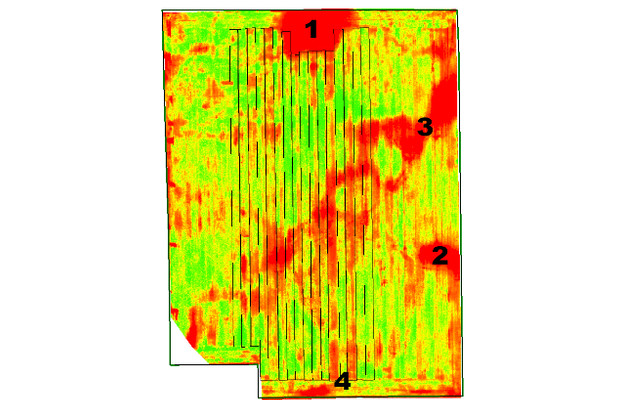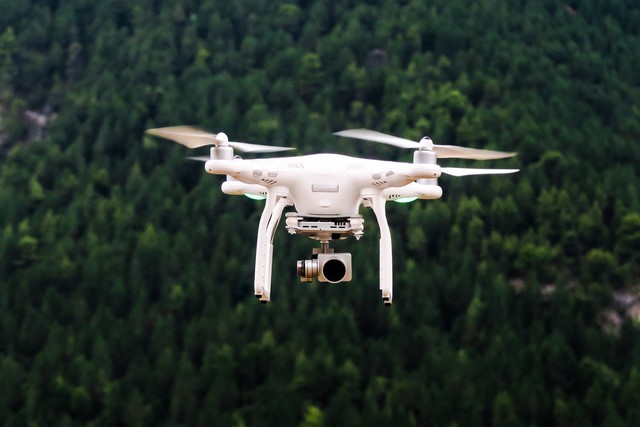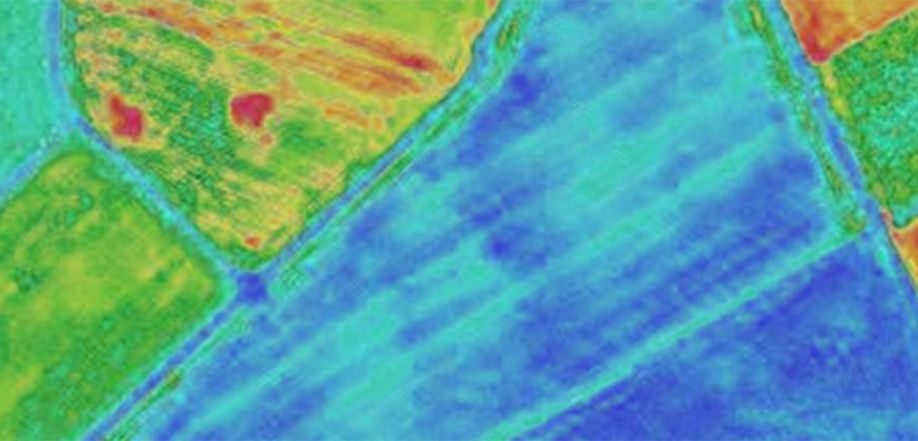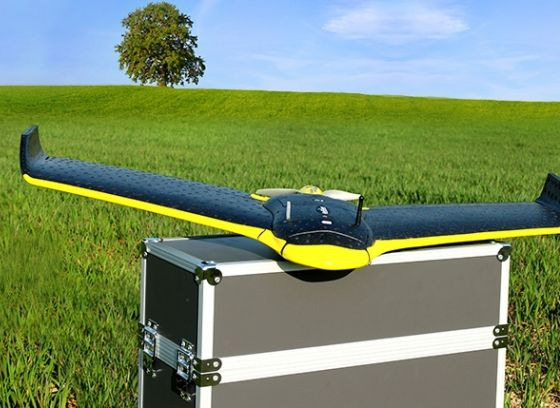Remote Sensing of Vegetation Using SWIR Cameras on a UAV
Forage Mass Monitoring (FFM) analysis has been traditionally done using biomass sampling to calculate biomass yield per hectare (t ha-1). Current research is now looking at reflectance spectroscopy methods using remote sensing systems based on unmanned aerial vehicles (UAVs).
WSSA Asks: Is Unmanned Aerial Weed Control Ready for Takeoff?
Unmanned aerial vehicles (UAVs), commonly referred to as drones, may soon revolutionize weed management. Equipped with the right tools, researchers say they can be quite effective at both finding and treating problem weeds.
UAV's Application for Cedar Tree Management
This technology greatly empowers farmers and ranchers by minimizing cost, energy use, and most importantly time in much sophisticated way than ever before. It could be a promising technology in agriculture and ranch management for many farmers and ranchers
9 Tips to Improve Drone Flight Time
As far as drones have evolved over the years, many consumer models still feature a max flight time of around 20 minutes. Some offer as little as five minutes. This fallback can be annoying to those wanting to fly longer than a third of an hour
Nitrogen Application Study on Corn: How UAVs Can Benefit Crops
At the end of the day, the process of scouting a field still takes time. But drones can deliver an 80-95% better success rate of finding issues in the field. They provide precision ag with an efficient, cost-effective manner of scouting.
How do Drones Help Farmers?
2017 - Most Popular Article - How do drones help farmers? They increase yields, save time, increase return on investment, are easy to use, crop health imaging, water efficiency and other environmental benefits. Look to the sky.
What's the Difference Between a Drone, UAV, and UAS?
It does seem a bit strange to have the word "drone" used to not only cover a $30 hobby aircraft that a child can fly, but to also describe a high-tech $10 million weapon used on a battlefield. Those devices don't exactly serve the same purpose. So why don't they have differe
Fly Me to the Field: How Remote Sensing Helped a Grower Spot 26% Lower Crop Rates and Recoup Planting Costs
Drone-based stand establishment for clear-cut crop counting and assessing planting efficiency.
The 3 Main Categories of Drones and Their Advantages & Disadvantages
Sales of drones are expected to rise from 2.5 million in 2016 to 7 million in 2020, a staggering 180% increase. This means newer and more varied versions of them are constantly hitting the market, making it difficult to keep up with the different types of models.
Best-in-Class Corn Stand Counts with Drone Technology
Want to know how to perform in-depth and accurate stand counts to pinpoint areas of potential yield loss and take corrective measures at key times during the growing season?
It is Agriculture's Turn to Put the Next Generation of Digital Technologies to Work
It is exciting to see the technologies that have made a life-saving difference in medicine now being applied to producing more food from every acre with the best quality.
No 'game of drones:' The serious future of unmanned aerial vehicles in agriculture
Drones may not replace the honeybee, but dont bet on a future of agriculture that doesnt increasingly depend on their capacity to reinvent 21st century farming.
Records 1 to 12 of 12
Featured Product

Elmo Motion Control - The Platinum Line, a new era in servo control
Significantly enhanced servo performance, higher EtherCAT networking precision, richer servo operation capabilities, more feedback options, and certified smart Functional Safety. Elmo's industry-leading Platinum line of servo drives provides faster and more enhanced servo performance with wider bandwidth, higher resolutions, and advanced control for better results. Platinum drives offer precise EtherCAT networking, faster cycling, high synchronization, negligible jitters, and near-zero latency. They are fully synchronized to the servo loops and feature-rich feedback support, up to three feedbacks simultaneously (with two absolute encoders working simultaneously). The Platinum Line includes one of the world's smallest Functional Safety, and FSoE-certified servo drives with unique SIL capabilities.










.png)

